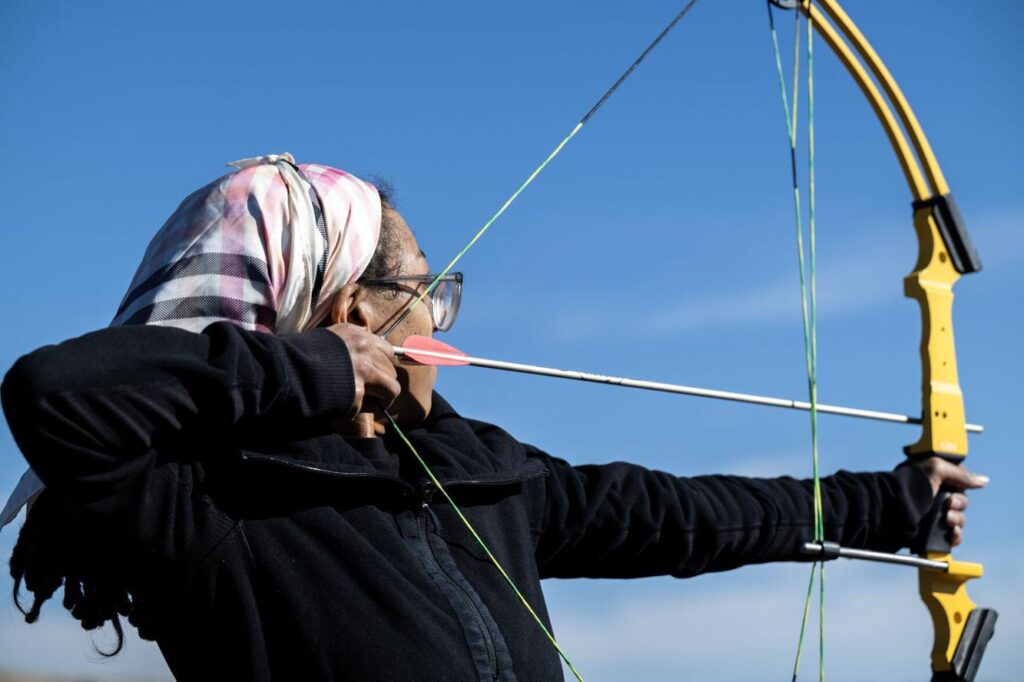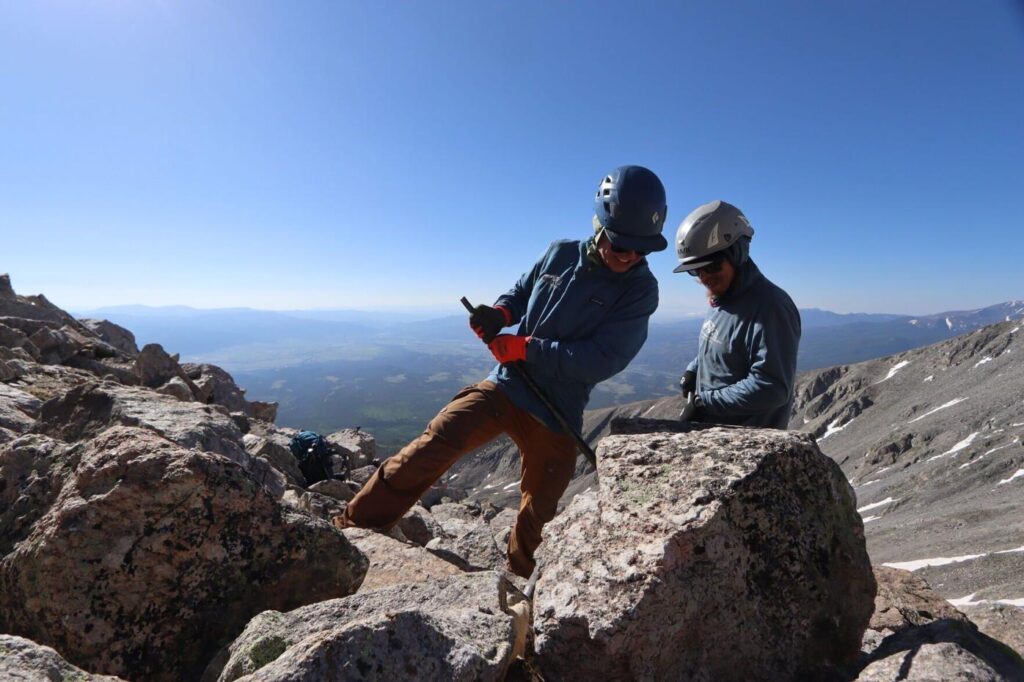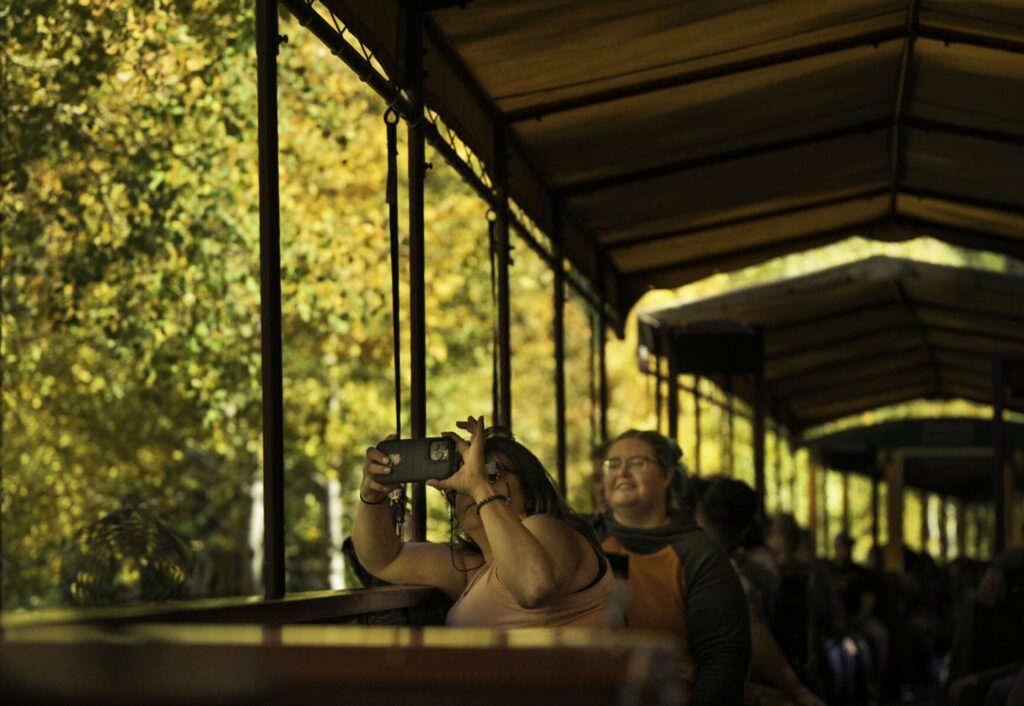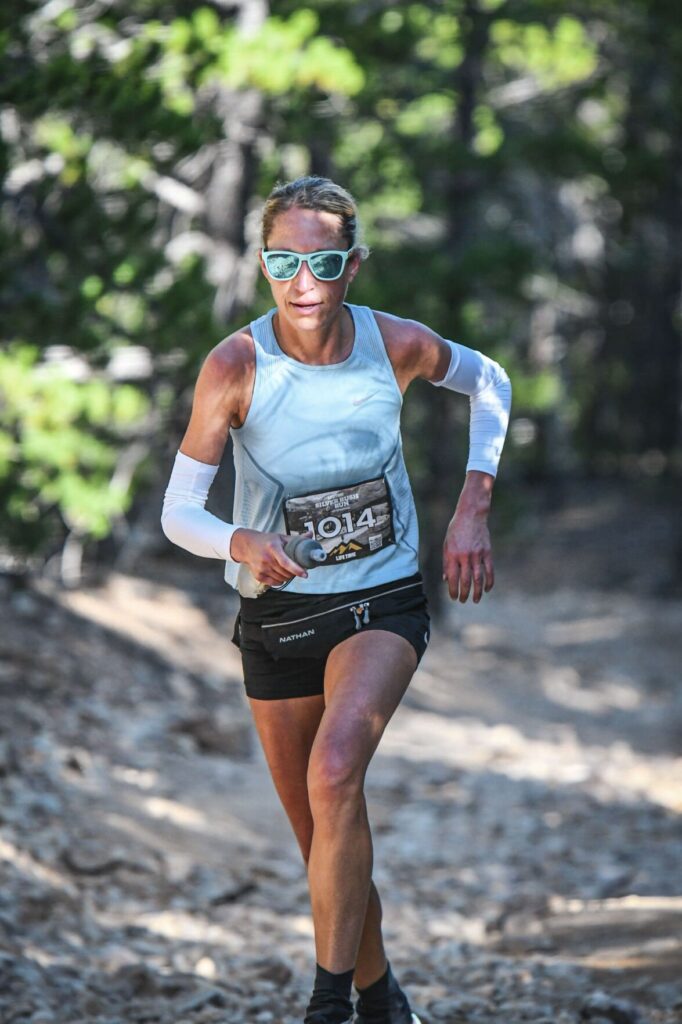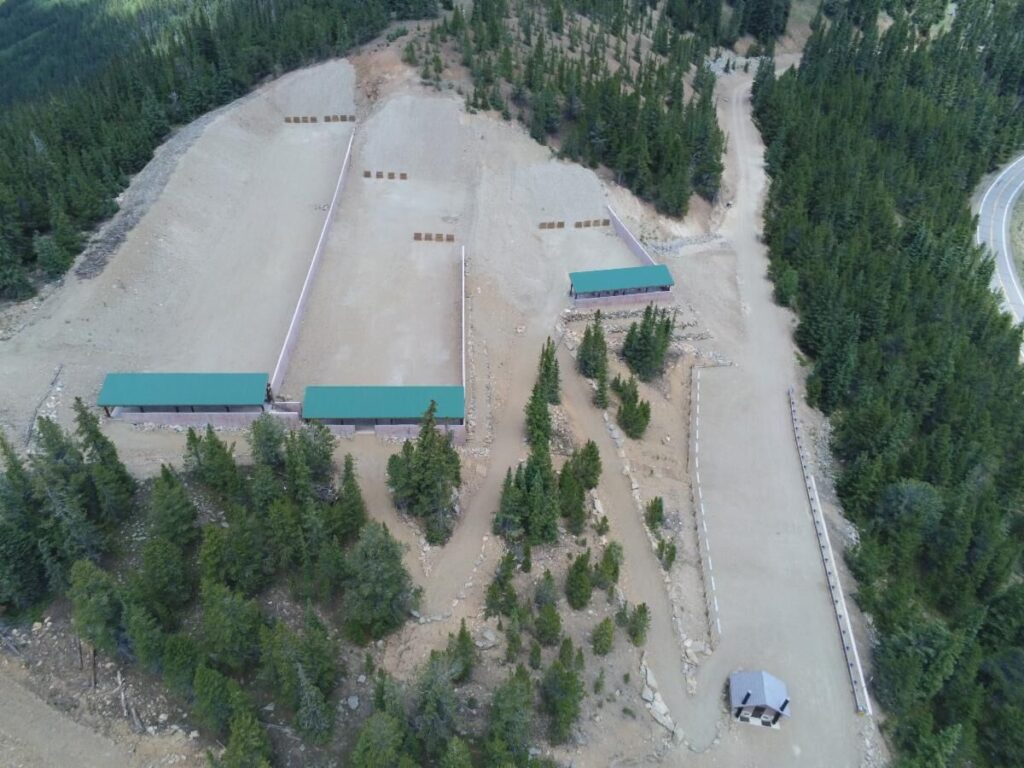Colorado ski resort fights mountain beetle infestation with this unique substance

A forest maintenance workers staples a verbenone pheromone packet to a tree during a mountain pine beetle beetle kill mitigation project Monday, June 30, 2025 at Crested Butte Mountain Resort in Mount Crested Butte, Colorado.
Crested Butte Mountain Resort (CBMR) in central Colorado has been dealing with a small insect infestation for the last two years, but the Gunnison County resort is fighting back using small packets of pheromones stapled to trees.
Mountain pine beetles were first detected mountainside at CBMR in 2023 after aerial surveys found isolated clusters of dead lodgepole pine and sub-alpine fir trees in the East River forest on the northeast side of the resort.
During the 2024 season, ground crews revisited large areas of lodgepole pine within and around CBMR’s boundaries, confirming limited but recent beetle activity among the trees.

Mountain pine beetle sap, also known as pitch, appears as popcorn-like globs or masses on the tree’s bark, often near entry points where beetles bore into the tree. This example was observed Monday, June 30, 2025 at Crested Butte Mountain Resort in Mount Crested Butte, Colorado.
“The relatively fresh condition of affected trees, combined with minimal evidence of older mortality, suggested that beetles may have moved in from surrounding areas rather than emerged from long-established local populations,” CBMR said of the pine beetle on the mountain.
Additional beetle activity was mapped west of the resort in large lodgepole stands, as well as in the Brush Creek and Slate River drainages, and even within the town of Crested Butte.
But now CBMR Mountain Operations, alongside rangers with the U.S. Forest Service, are fighting the beetles back with the help of verbenone pheromone packets.
According to the Colorado State Forest Service, Verbenone is an anti-aggregation pheromone produced by mountain pine beetles to indicate a tree has reached maximum capacity, letting other beetles know there are no resources available to consume within the tree.

A forest maintenance workers staples a verbenone pheromone packet to a tree during a mountain pine beetle beetle kill mitigation project Monday, June 30, 2025 at Crested Butte Mountain Resort in Mount Crested Butte, Colorado.
“In early July, teams from the USFS and CBMR Mountain Operations deployed approximately 2000 verbenone pheromone packets to lure beetles away from healthy stands,” CBMR said. “These packets work by releasing a synthetic pheromone that indicates to pine beetles that a tree is fully occupied and the remaining nutrient supply is insufficient for additional beetles.”
Bark beetles have been an issue in Colorado, including at ski areas, since the 1990s when a major mountain beetle outbreak spread across the U.S. and Canadian Rocky Mountains, notably affecting regions along the Interstate 70 corridor and around Steamboat Springs.
The widespread event lasted over two decades, leaving its mark on Colorado’s forested landscape.
“While some areas, such as the lodgepole pine stands stretching from Leadville to Crested Butte and Monarch Pass, largely escaped severe damage, they now represent some of the last remaining old-growth lodgepole forests in the state,” CBMR said. “In contrast, ski resorts like Wolf Creek and Monarch have been heavily affected by spruce beetle mortality, leading to notable forest transformations.”
In October 2018, OutthereColorado reported Wolf Creek Ski Area removed an estimated 4,000 trees on 150 acres within the ski area’s operating boudaries.
SKI Magazine reported in 2009 that beetle kill trees, either dead or dying, cover a quarter of Winter Park’s 4,000 acres, and the resort has spent about $1 million since 2004 on tree removal.

A verbenone pheromone packet was stapled to a tree during a mountain pine beetle beetle kill mitigation project Monday, June 30, 2025 at Crested Butte Mountain Resort in Mount Crested Butte, Colorado.
CBMR said ongoing presence and variability of these beetle populations highlight the critical need for proactive monitoring and forest health management across all ski areas in the region.
“Guided by the CBMR Vegetation Management Plan, which included detailed sampling across 205 plots in 92 forest stands within the special use permit boundary, the resort continues to implement both short- and long-term forest health strategies, particularly focused on insect and disease mitigation,” CBMR said.
CBMR said neither summer nor winter trails will be impacted by the beetle infestation and mountain operation crews are working hard to clear out dead trees ahead of the winter season so the resort can open to its full capacity and without risk of tree fall.

Mountain pine beetle kill at Crested Butte Mountain Resort, as seen near the Paradise Express Lift on the northeast side of the mountain Monday, June 30, 2025, was detected at the Gunnison County ski area in 2023.
Thinking creatively with your beetle kill wood
Beaver Creek Resort, CBMR’s sister ski resort and a ski property of Vail Resorts, has taken one approach to upcycling its beetle kill wood.

At Beaver Creek, mountain ops teams have pursued innovative ways to upcycle trees killed by beetles and mitigate wildfire risk. One such example is using these trails for trail signage in the McCoy Park zone of the resort.
The Eagle County resort has repurposed some beetle kill wood by making trail signage from the affected trees, as seen in the McCoy Park Zone on the Arrowhead side of the resort.
(Contact Denver Gazette Digital Strategist Jonathan Ingraham at jonathan.ingraham@denvergazette.com or on X at @Skingraham.)












